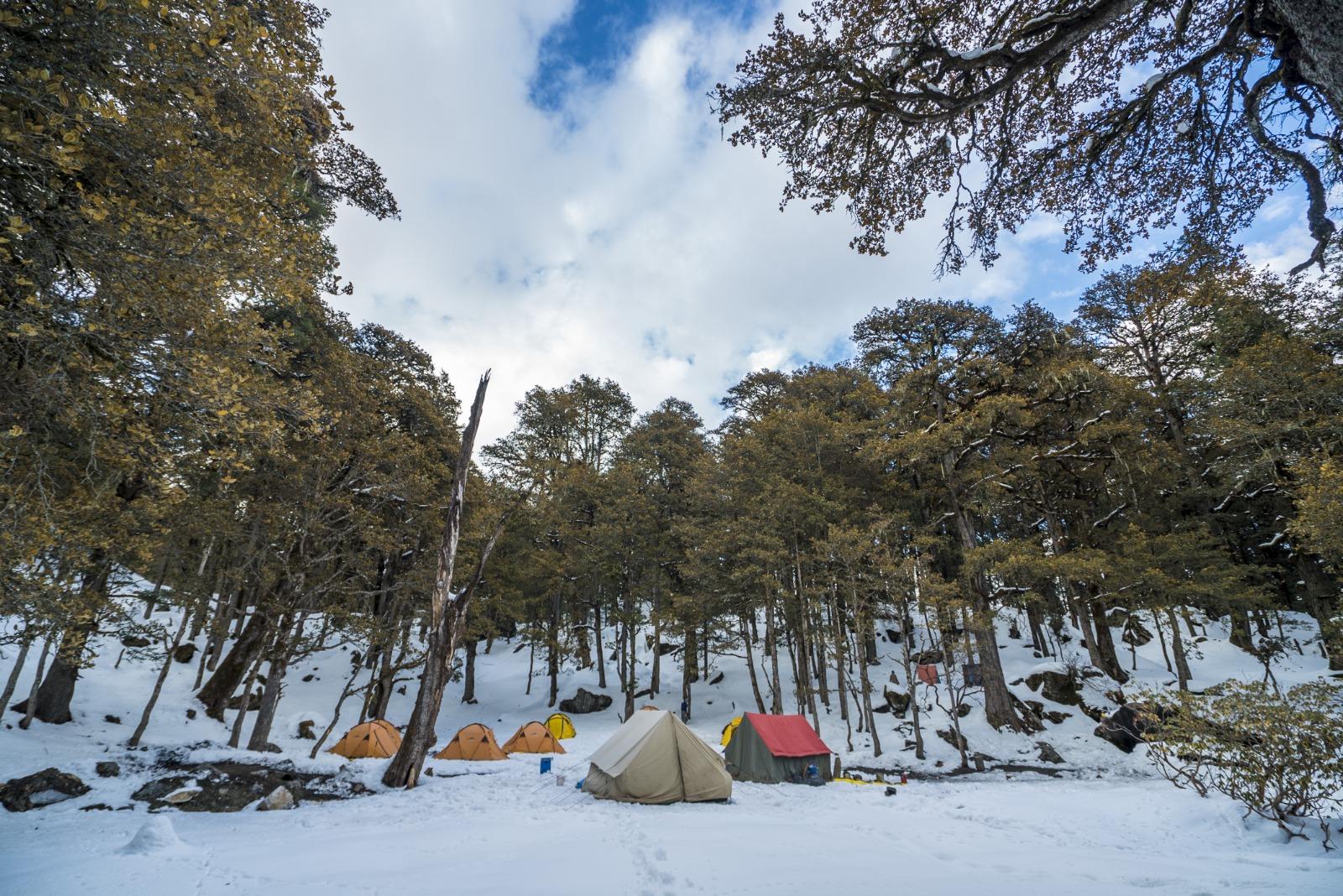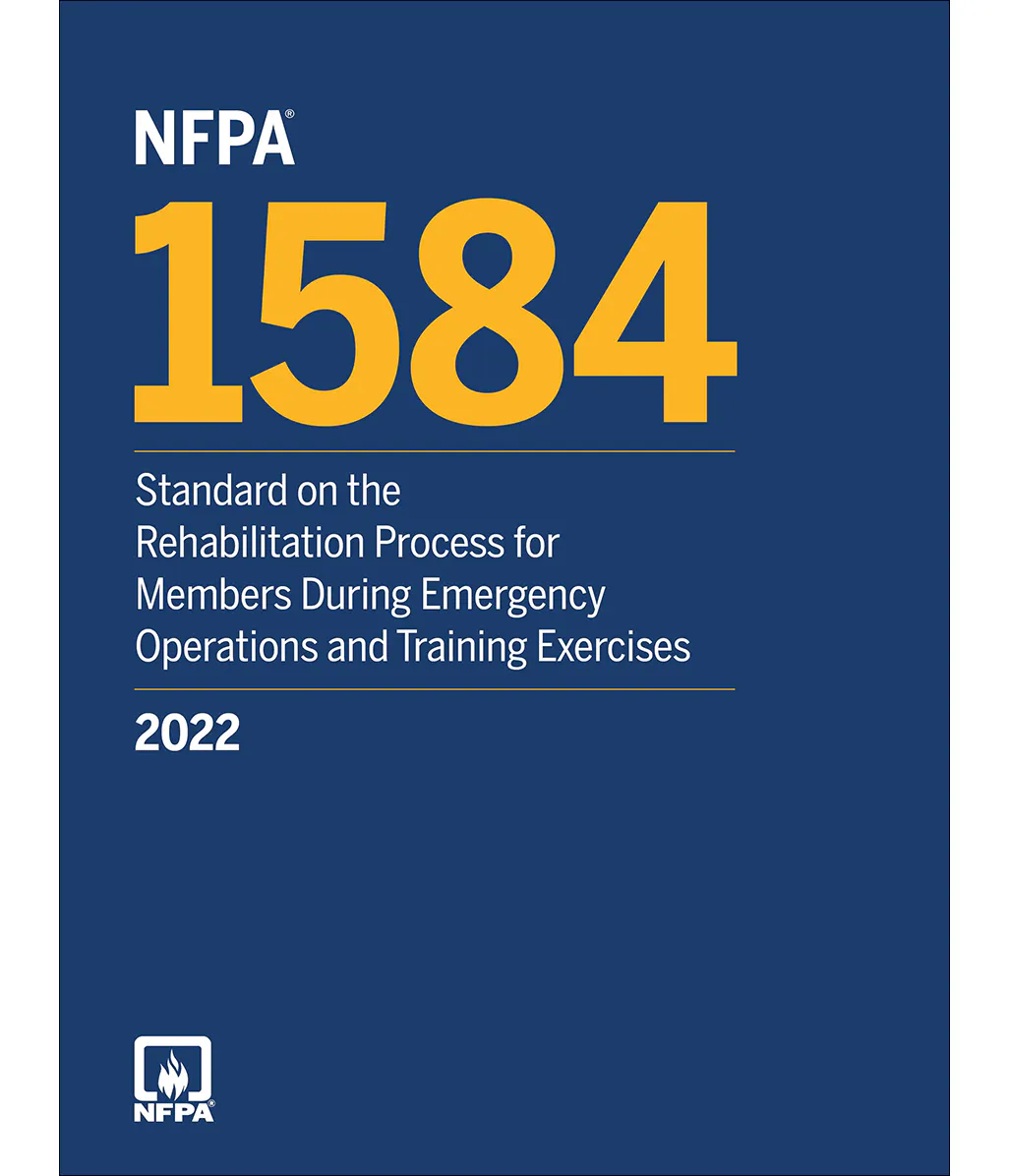5 Powerful Moments That Make the Kuari Pass Trek Unforgettable

If you’ve ever caught yourself daydreaming about walking through quiet mountain forests, sitting by a campfire with strangers who feel like old friends, or waking up to snow-covered peaks just outside your tent — you’re not alone. That was me for years. And that’s how I finally found myself booking the Kuari Pass trek, not really knowing what to expect, but needing something more than the everyday hustle.
Let me walk you through what this trek is all about — not just the logistics, but what it actually feels like to be out there, breathing in cold Himalayan air and watching clouds dance over peaks you can’t even name yet.
What Is the Kuari Pass Trek?
So first, the basics: the Kuari Pass trek is a high-altitude hike in the Garhwal Himalayas of Uttarakhand, India. It's one of those rare trails that’s beautiful all year round (except monsoon), and it’s not too brutal on beginners either. That’s probably why it’s become a bit of a favourite for people who want their first real taste of Himalayan trekking — without biting off more than they can chew.
The pass itself sits at around 12,500 feet. Not Everest, sure, but when you're up there, trust me — it feels like the top of the world.
Why I Chose the Kuari Pass Trek
Honestly? I was looking for something not too extreme. I’d done a couple of weekend hikes in Himachal, but nothing where I had to carry my own weight at that kind of altitude. A friend had done the Kuari Pass trek and said, “It’s the best view-for-effort ratio you’ll find.”
And he was right. You start getting mountain views by Day 2, which is unheard of on most treks. Usually, you’re slogging up endless switchbacks for three days before you see anything other than trees. Not here.
The Route (In Simple Words)
Here's how my trek went, more or less:
Day 1: Took a long drive from Rishikesh to Joshimath. It’s beautiful, but loooong. Carry music and snacks.
Day 2: Started the actual trek from Dhak village. Walked through little mountain hamlets and terraced fields. You see locals just living their lives. Kids waving at you. It’s wholesome.
Day 3: Into the forest zone now. Oaks and rhododendrons everywhere. Spotted a couple of langurs. Camped at Tali that night — and the stars? Unreal.
Day 4: Summit day! We reached Kuari Pass and I just stood there staring at the peaks — Nanda Devi, Dronagiri, Kamet, Chaukhamba… it’s wild how many big ones you can see.
Day 5: Back down to Joshimath. Knees were angry with me, but heart was full.
Day 6: Drove back to Rishikesh. Sleep. Lots of it.
What Makes This Trek Special
You know how some treks are all about “earning the view”? Like, you suffer for days and then, maybe, if the clouds cooperate, you get a 10-minute look at a mountain?
This isn’t one of those.
The Kuari Pass trek rewards you early. The trails open up pretty soon, and even before you hit the actual pass, you’re already walking with the big peaks in view. That’s rare. And that’s what made it feel worth it every single day.
Also — and this part surprised me — the campsites are really something. At Tali, I remember walking away from the group for a minute just to take it in: tall oak trees, a small clearing, snow flurries starting to fall. You can’t manufacture that feeling.
Nature Hits Different Here
I’ve done treks where the trail feels a bit monotonous. But the Kuari Pass trek changes character every few hours.
One moment you’re in a dense forest, the next you’re walking across open meadows (they call them bugyals here), and then suddenly you're in snow territory. It keeps you curious. Keeps you moving.
If you're lucky — and we were — you might even catch a glimpse of Himalayan wildlife. We saw pug marks (guide said they were leopards, not sure I wanted to confirm that), and plenty of birds and langurs.
And the silence? The kind you only get when snow muffles everything around you. It's haunting, in the best way.
When to Go (and What You’ll Get)
Each season on the Kuari Pass trek feels like a totally different experience.
Spring (March–April): You get blooming rhododendrons. Forests are alive with color.
Autumn (Sept–Nov): The skies are stupidly clear. Like, peak wallpaper material.
Winter (Dec–Jan): Snow! Lots of it. Cold, yes, but magical if you’re prepared.
I did it in late October, and I’d recommend that to anyone. Just the right balance of chilly evenings and crisp, clear days. And no rain to deal with.
Can Beginners Do It?
Yes, but do a bit of prep. It’s not Everest, but it's also not a walk in the park. The altitude will test your lungs a bit. Some parts are steep. If you have a basic fitness level — like, you can climb stairs without wanting to die — you’ll be fine with a bit of walking practice beforehand.
Even though I’d done only short hikes before, I found the Kuari Pass trek manageable. The guides help a lot, and the pace is designed to ease you into the tougher parts.
Packing Tips (Learn From My Mistakes)
Here’s what I brought that I was really glad about:
A down jacket (worth every rupee)
A good thermos (warm tea at 12,000 feet = happiness)
Woolen socks (two pairs!)
Headlamp (torch is not enough)
What I forgot (and regretted): lip balm, blister pads, and a power bank. Charge your phone fully every chance you get. Even if you're "off-grid", you’ll want to take photos. A lot of them.
The Human Moments
One thing I didn’t expect on the Kuari Pass trek was how connected you feel to the group — even if you didn’t know them before. Something about freezing your toes off together or helping each other over a slippery patch just bonds people.
We had this guide from Uttarakhand who shared stories of living in the mountains — like how kids walk hours to school, or how they celebrate festivals in winter. Made me appreciate the quiet strength of the locals in a way I never had before.
Also — food! You’d think meals would be basic up there, but every night we had something warm, tasty, and comforting. Piping hot dal, veggies, sometimes even dessert. Don’t expect luxury, but do expect heart.
Is a Guide Necessary?
Technically, no — the Kuari Pass trek is doable without one if you’re very experienced and know the region. But I 100% recommend going with a guide or group.
Here’s why:
They know alternate routes if the trail is blocked.
You don’t have to worry about permits.
They carry first aid and know what to do if altitude sickness kicks in.
You get all your gear, food, and campsites sorted.
For me, it just made the experience more relaxed. I could focus on the views and the vibe, instead of logistics.
Final Thoughts: Should You Do the Kuari Pass Trek?
If you're still on the fence about it — go.
Seriously, the Kuari Pass trek is one of those experiences that stays with you. Not because it’s the most extreme or the longest or the most famous. But because it delivers a kind of quiet magic. It's the joy of walking through a forest while snow falls softly around you. The first glimpse of a peak so tall it doesn’t look real. The stories told around a campfire, and the deep, satisfying fatigue of a day well spent.
It's an adventure — but without losing the warmth and humanity of travel. And if you’re lucky, like I was, it might just be the kind of journey that resets something inside you.






